Hello fellow "R" users!
Please spare me some of your time on helping me with the use of "R" software(Beginner) regarding "Data processing function", wherein I have three (3) different .csv files named "x2013, x2014, x2015" that has the same 6 columns as per respective year based on the image below: Problem and started typing the commands:
filenames=list.files()
library(plyr)
install.packages("plyr")
import.list=adply(filenames,1,read.csv)
Although I just really wanted to summarize all the calls from the three source (csv). Any kind of help would be appreciated. Thank you for assisting me!
